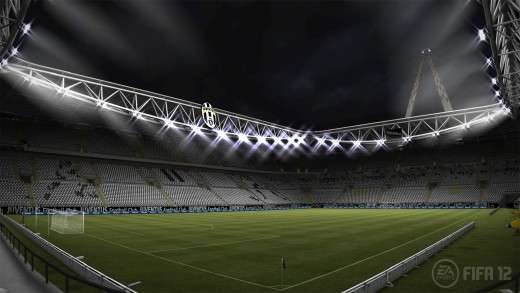Want a model for future soccer stadiums? Southern Europe must look at Britain.
Florentino Perez, president of Real Madrid, the most valued football team worldwide

The stadium is to football teams what the living room is to a landlord. Every guest that is gaming there attracts the attention worldwide. To focus the question let's drop a few numbers: best European football clubs have been listed by Magazine Forbes. It declared Real Madrid to have the best value worldwide (3,31 billions). Present year Champions League finalist Juventus has been estimated 873 millions. Between these two: Barcelona, Manchester United, Bayern Monaco, Manchester City, Chelsea, Arsenal and Liverpool. Apart from a first consideration, obviously regarding the mass of the British finance in this sport compared to others, one would better analyse British club methods and deciding style. In fact that seems to be the model! Italian Serie A soccer has been suffering for at least eight years. That's due to past investments oriented most towards short term resources. Buying a lot of champions and top players, in the end of the 90's and in the 00's, of course brought big public and Tv sponsors incomes. But what most team failed is investments in stadiums. In fact best teams have preferred continuing renting the municipal one, spending at least 1 million per year, and not to buy or build up its own. Nowadays most of Italian stadiums are 1. too big 2. too old 3. few attended. And most of them are municipal, such as the ones where Roma, Lazio, Inter and Milan play.
Emirates Stadium of Arsenal, property of the Emirates company which sponsors the team

Juventus stadium, completed in 2011, is more British model. With not many seats (41.254) it has an environmental friendly conception: reductions of greenhouse gases, no air pollution, no production of chemical emissions; a few acoustic emissions, reuse of rainwater for the irrigation of the field. And, that's rare to see in Italian soccer, ground level seats. Its cost is a fifth of the Emirates Stadium in London (101 million of Euros compared to at least 400 millions of Pounds). That's partly due to the fact it's smaller (41.000 seats compared to 60.272 of the Emirates), partly it's because materials from the old Delle Alpi have been reused. Ac Milan announced it wants to build its own stadium too, smaller than the municipal (55.000 seats, 30.000 less than the present San Siro), with shops and related activities nearby.
Juventus stadium as reproduced in 2012 by Electronic Arts

In the past 20 years, television presence represented the best source of income for famous football clubs. Nowadays they are realising getting 10% of income from stadium tickets, as many big clubs are doing, is so few. Let's get it physical, building up new stadiums that are smart buildings, eco-friendly, quite small and surrounded with shops and museums.








